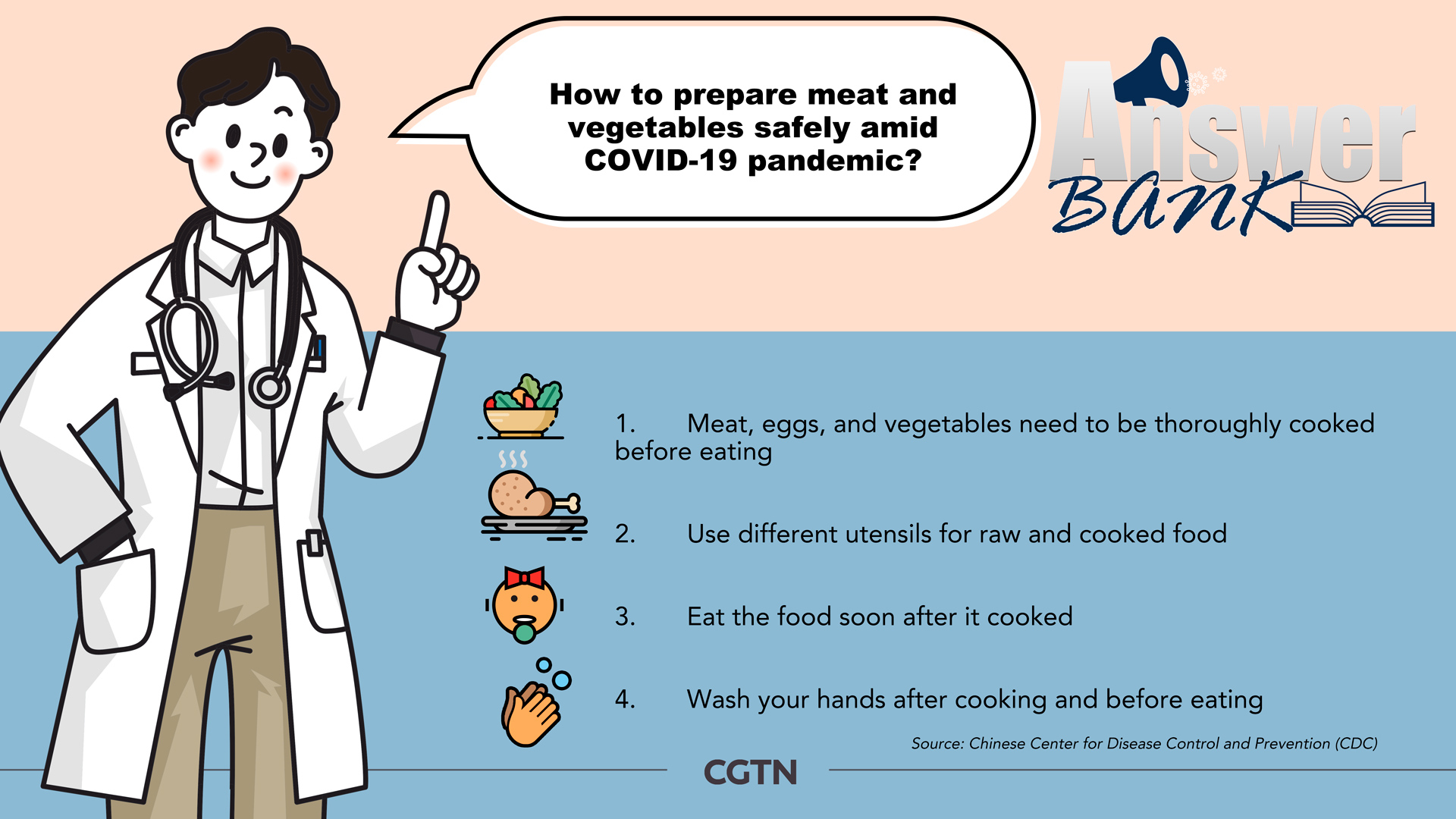
Visitors in front of a giant flower basket at Tian'anmen Square in Beijing on September 30, one day before the National Day. /VCG
Visitors in front of a giant flower basket at Tian'anmen Square in Beijing on September 30, one day before the National Day. /VCG
China is confident it can prevent a new wave of COVID-19 this winter despite the worsening pandemic worldwide and recent surge of new cases within the country, the country's chief epidemiologist said Wednesday.
"Based on the experience from the past 11 months, we are confident we can prevent a recurrence of the epidemic and avoid a severe situation like that in the beginning of 2020," Wu Zunyou, chief epidemiologist at the Chinese Center for Disease Control and Prevention (CDC), told a press briefing in Beijing.

Wu Zunyou, chief epidemiologist at the Chinese Center for Disease Control and Prevention, at a press briefing in Beijing, November 25. /Photo via State Council Information Office
Wu Zunyou, chief epidemiologist at the Chinese Center for Disease Control and Prevention, at a press briefing in Beijing, November 25. /Photo via State Council Information Office
As the northern hemisphere enters winter, the pandemic has worsened in many countries, with an increase of more than 500,000 new cases every day during the past 30 days.
China, which only saw sporadic cases since the epidemic had been basically put under control in April, is facing mounting threat of cases from other countries and regions.
During the past month, China reported 98 new locally transmitted COVID-19 cases, which is 7.5 times more than in the previous month, according to Mi Feng, spokesperson for the National Health Commission (NHC).
Sporadic cases have been reported in Shanghai, Anhui, Tianjin and Inner Mongolia lately, adding to the concern that a new wave might be around the corner.
Wu admitted that China is facing great pressure like other countries. But the country has summarized a whole package of preventive measures as to how to detect new cases timely and control the situation within a smallest scope quickly, he said.
The occurrence of sporadic cases is normal under the current situation, he said, adding that it's very difficult to totally avoid it. But China has experienced that in the past 11 months and successfully controlled all cluster infections in different regions, he said.
The country didn't see an epidemic rebound even during the week-long National Day holiday, when 600 to 700 million Chinese people travelled across the country, he pointed out.
In two to three months, China will have its annual Spring Festival travel rush. Wu said that as long as the infected cases are kept away from crowds, there will be no major outbreak.
He stressed the importance of strict and scientific prevention and control measures that have been repeatedly stressed, such as wearing masks, washing hands frequently and social distancing.
'Object-to-human transmission' via cold chain
During the press briefing, Mi confirmed "object-to-human transmission" of the coronavirus via cold chain.
He said an increasing rate of imported frozen food has tested positive for the coronavirus in China. The situation has been reported in more provinces, which involved imported products from frozen seafood to livestock and poultry meat.
For example, in an unexpected COVID-19 resurgence in Beijing in June, coronavirus was found on a chopping board used by a seller of imported frozen salmon. During a cluster infection in Qingdao in October, living coronavirus was found on the outer packaging of imported frozen cod. More recently in Tianjin, a worker at a cold storage facility who had no contact history with other confirmed or suspected cases contracted the virus.
The Chinese CDC has warned that contact with packagings contaminated by living novel coronavirus could lead to infection after the series of findings.
Li Ning, deputy director of the National Food Safety Risk Assessment Center, said at the press briefing that although the coronavirus positivity rate for tests on frozen food packages was just 0.48 per 10,000, that proportion is increasing along with the number of tests being conducted.
This also shows the measures taken by China to strengthen virus detections and tests are very effective, she said, as problems can be detected and handled timely to reduce the transmission risk.
The coronavirus is known to be more stable in colder, dryer conditions, and disinfecting packaging at freezing temperatures creates "special challenges," said Zhang Liubo, chief disinfection officer for the CDC.
A recent study has found that the coronavirus' infectivity is not reduced after 21 days at 4 degrees Celsius and minus 20 degrees Celsius on the surface of chicken, salmon, and pork pieces, indicating that the survival period and transmission distance of the virus could be prolonged by cold-chain transportation of contaminated food.
Read more: Has cold chain become the new hotbed for coronavirus?
Origin of COVID-19 resurgence in Beijing: Cold chain food contamination
In response, China has strengthened preventive measures to curb the possible virus transmission via cold chain, which includes the control of product origins, disinfection of imported frozen food, regular surveillance and adequate tests of the cold-chain environment, and special protection of staff working on cold-chain logistics.
Read more: China steps up measures in cold-chain transportation to contain winter resurgence of COVID-19
Experts also advise cautious treatment of food to lower the risk.


